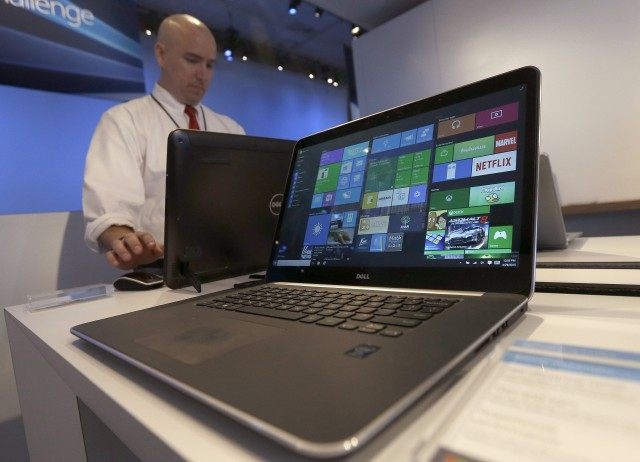The $67 billion Dell-EMC merger–a record-breaking offer in Silicon Valley–is an effort to take a Valley behemoth private in order to make the disruptive changes necessary to become a dominant force in the coming cloud computing era.
In 2013, Michael Dell convinced the Silver Lake Partners hedge fund to put up $2 billion in cash and borrow $9 billion to buy Dell Computer and take the company private.
Dell claimed in the Wall Street Journal that the move was necessary because the “technology revolution is gradually reinventing economies and society itself. To keep innovation coming, though, requires companies take big risks.”
He pointed out that in a 2014 survey of more than 1,000 board members by McKinsey & Company, 86 percent declared that using a longer time horizon to make business decisions would positively affect corporate performance in a number of ways, including strengthening financial returns and increasing innovation.
But Dell went private because Silicon Valley’s top management learned from the Hewlett Packard firing of Carly Fiorina after buying Compaq for $19 billion that taking big risks for great long term investing rewards can get a CEO fired if short term earnings fall.
The press thought that Fiorina’s 2002 deal was about personal computers, but Fiorina’s real goal was to grab Compaq’s Proliant line of servers that were beginning to dominate all over the world in data-center “server farms” at the expense of the HP’s 9000 series line of UNIX based systems.
After the close of the merger, the stock went up. But liberals and the press went crazy when synergy from the combined companies’ efficiency led to 30,000 layoffs. Despite Fiorina taking a big risk to make the tough decisions for HP to be much more profitable over time, she was fired for the short-term turmoil.
Michael Dell sees his company and EMC under tremendous pressure to respond to the disruptive market changes being brought on by the rollout of cloud-computing. That is reminiscent of how computer networking disrupted and dethroned mainframe computers in the early 1990s.
The three leading competitors in cloud-computing hosting powered by big Internet connections are Amazon Web Services (AWS), Google Cloud Platform, and Microsoft Azure. All three are growing at 100 percent or more annually.
AWS already has over 50 “point of presence” data-center locations across the globe and claims to have over a million customers ranging from garage-based start-ups to multi-national giants like General Electric.
Although EMC is still growing, AWS and friends are an existential future threat to EMC’s distributed networked-server-solution dominance. EMC’s strength is its portfolio of companies, such as Pivotal Labs, which helps firms build cloud and mobile applications, and VMware corporate data center load leveling software. But responding to market changes will require drastic restructuring that will crash earnings in the short term.
Backed by Silver Lake Partners private equity deep pockets again, combining Dell and EMC will create a disruptively large company with over 180,000 employees and $80 billion in annual revenue that can quickly transition to a cloud computing focus.
As Michael Dell said in his 2014 Wall Street Journal interview:
“Every company in every industry is facing the same pressures and opportunities to compete in the digital age and the data economy. We need to find ways to get out of the destructive cycle of nearsighted decision-making and focus on a future that is far beyond the next quarter or fiscal year or election. In this fast-paced, uncertain time, one thing is certain: If we aren’t the ones inventing the future, someone else will be.”

COMMENTS
Please let us know if you're having issues with commenting.